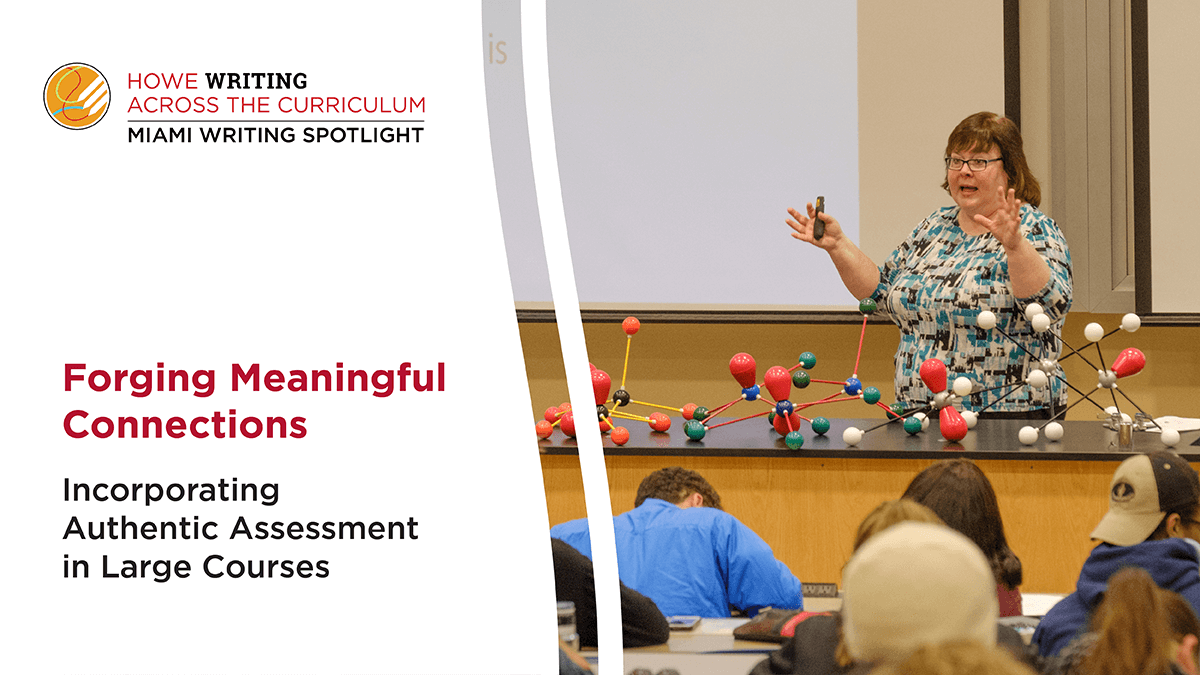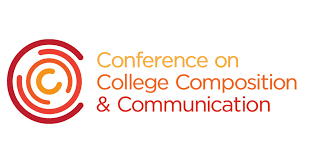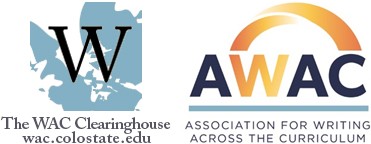Forging Meaningful Connections: Incorporating Authentic Assessment in Large Courses
Meaningful Learning
Bretz and Brudzinski both explain they incorporate authentic assessment in their large classes through engaging with prior learning and incorporating low stakes, continuous or ongoing assessment. As Bretz explains:
"The basic principle is that human beings, in order to engage in meaningful learning, have to generate substantive connections between what they already know, and what they need to know. That sounds super simple, but that means you also have to have the ability to be cognizant of what you already know. So you have to bring to that a skill set for metacognition and thinking about your thinking."
Instructors need to identify a student’s prior knowledge and help students be aware of this prior knowledge, often through low-stakes assignments or activities. For example, Bretz will have students answer a clicker-question and then talk to a peer and compare their answers. Students are asked to defend and convince their answers to their partners, or if both partners have the same answers, to make sure the reasons are the same. And students do this several times in each of her class meetings, which can come as a surprise to students who are not used to being asked to talk about chemistry. By talking with each other, students are able to gauge their own thinking and also hear a different point of view. Bretz laughs and says that she’s had people poke their head in her classroom worried about the noise level, but that is what student learning sounds like.
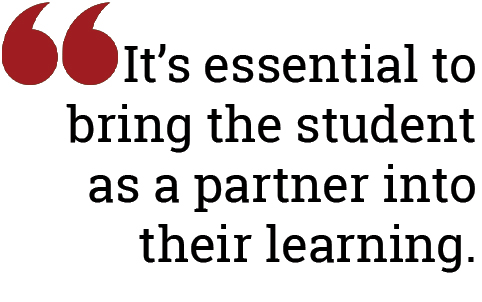
After identifying a student’s prior knowledge, Bretz can respond in real-time to address gaps or misconceptions in their knowledge - not just keep marching through a pre-planned lecture. As she explains, “it's a really messy experience and it's essential to bring the student as a partner into their learning, because my job is to facilitate them making those connections.” It’s through these connections that students start to think like chemists, instead of memorizing chemistry facts and equations.
Learning By Doing
For Brudzinski, authentic assessment includes learning by doing. By helping students identify gaps in their own learning and then providing opportunities for them to take steps to address the issue, Brudzinski lets students drive their own thinking and learning. One way he does this is through an online user forum where students can ask each other questions about a problem they are having. Since students come into his class with various levels of familiarity with programs and platforms, the user forum lets students seek help from their peers in a low-stakes environment.
As Brudzinski explains, he creates how-to’s and tutorials for students to use. He tells students, “Okay, you know you're stuck on this, you've never done this before...take a sidestep here and head over here [to the forum and] learn a little bit of how to do that task. Come on back, make sure it works when you do it this way.” This type of experience meets students where they are while also engaging them in active learning, even in a large or virtual classroom setting.
With this practice, students learn to take ownership of their own learning, a disposition Brudzinski wants students to take with them beyond their time in his class. He explains, students are “not going to have access to us when the semester is done” so students need to learn how to gauge their own learning and find resources or take steps to address the gaps in their knowledge.
By tinkering with tools like Microsoft Excel and then recognizing where they may need additional support, students are teaching themselves and each other within a supportive environment. Learning is recursive and often messy; however, when students are given the tools and space to think critically about their own learning, they are engaging in meaningful learning while learning by doing.
Affect and Emotion
Bretz and Brudzinski both recognize students can struggle with engaging in authentic assessment, especially if they have excelled in programs or classes that rely on rote memorization. When asked how they help students transition to this type of learning environment, Brudzinski said he used to send letters to students to give them warning that the class may feel different than they are used to. Bretz also is explicit with students in the first class period, explaining that the learning students will be doing in this class is not just learning about chemistry, but also learning how to learn chemistry.
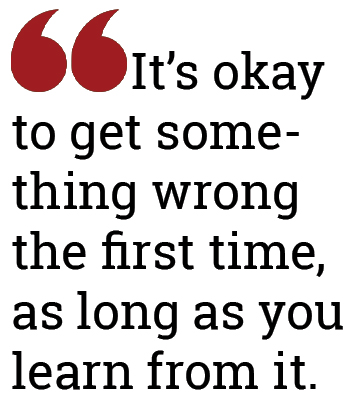
Often students will be concerned about points when they make mistakes, but both Bretz and Brudzinski talk to their students about how getting something wrong is a chance to reflect on their learning. Brudzinski structures his assignments to encourage students to learn from their mistakes. This includes only taking off “a third of the points when [students] get something wrong as a means to sort of help convey the message that it's okay to get something wrong the first time, as long as you learn from it...You may have to sort of learn as you go, but there are opportunities for you to get some repetition to get better at it.” Taking off a small percentage of points illustrates to students that learning and assessment are not one-and-done events, rather they are continuous processes.
Additionally, Bretz has switched to using open-note and open-book assessments for her large tests and assessments. While she’s gotten questions from colleagues about cheating and skyrocketing test scores, she says, “If you write questions that can be [searched online] then yes this will happen, but when you write questions that ask students to talk to you about the whys and the hows...those things aren’t easily [searchable]. Crafting questions in this way also allows her to “write more interesting authentic assessments of what my students know.” For example, Bretz can craft questions focusing on applying information, not simply regurgitating content. Bretz notes cheating is not a major concern for an assessment like this because in a timed exam, if a student doesn’t know the content, they don’t have the time to find and learn the material for the first time before applying it. By incorporating open-notes and open-books, students are given the chance to show their thinking instead of focusing on memorizing the material.
Howe Writing Across the Curriculum Programs
The mission of the Howe Writing Across the Curriculum Programs is to ensure that all Miami faculty and graduate teaching assistants can effectively include writing as a means to support learning in their courses and programs.
